📄 Exporting Data to Google Sheets
All the data you receive from order confirmation emails, booking emails or just messages from website forms is often needed to be exported to create financial statements or various reports. To be able to do this quickly, you can export your data automatically to Google Sheets with Parsio.
Parsio supports 3 main options to export the parsed data to Google Sheets.
Using a Built-in Integration
To use our built-in Parsio/Google Sheets integration, go to Integrations > Google Sheets > In the pop-up click on the "Add rows to Sheet".
1. Connect your Google account
Click on the "Sign in with Google" button:

Please check the box shown below when adding your Google account. This permission is required for Parsio to export data to your Google Sheets.
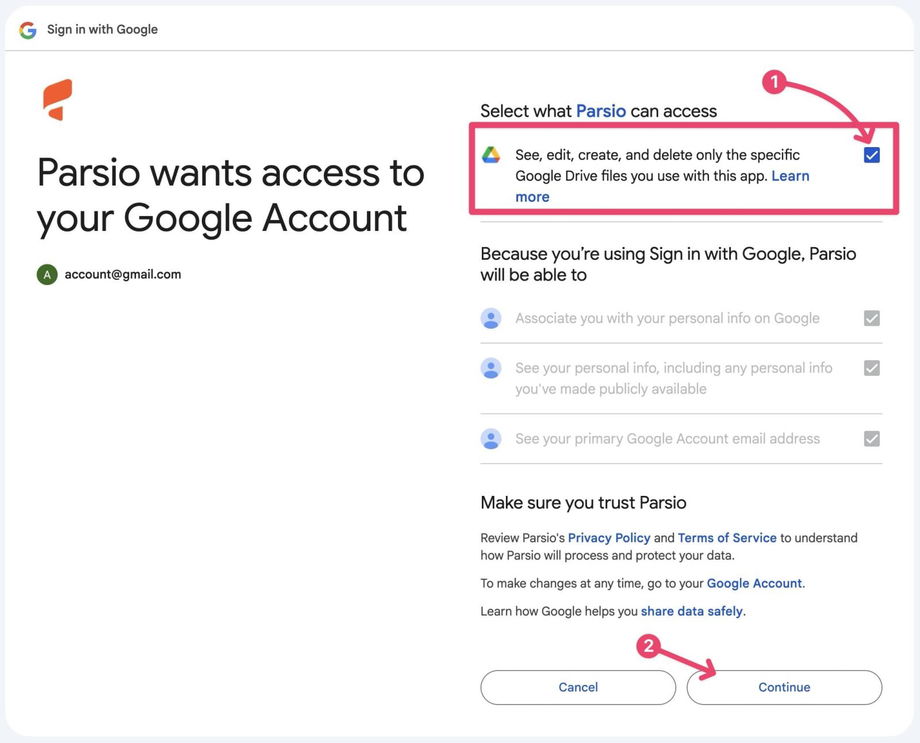
If you didn’t check the required permission box, you will need to remove Parsio from the list of Apps with access to your account, return to Parsio and reconnect your Google account.
2. Select where to export the parsed data
Choose a Spreadsheet and a Worksheet where you want to export the parsed data:
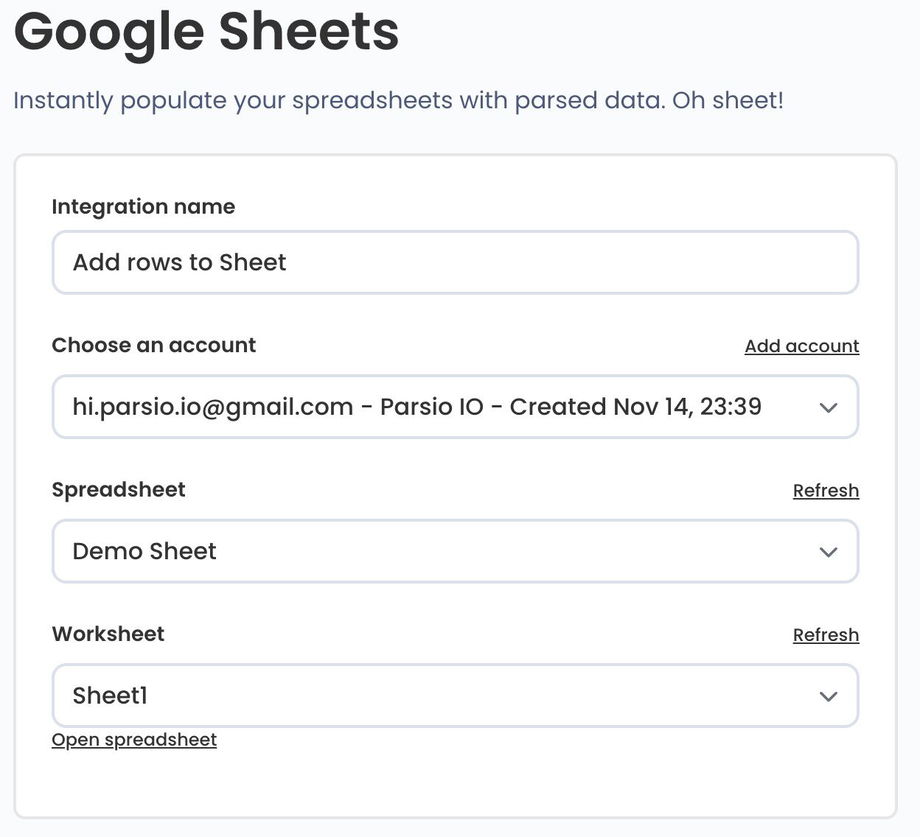
Open your Sheet and add column titles:
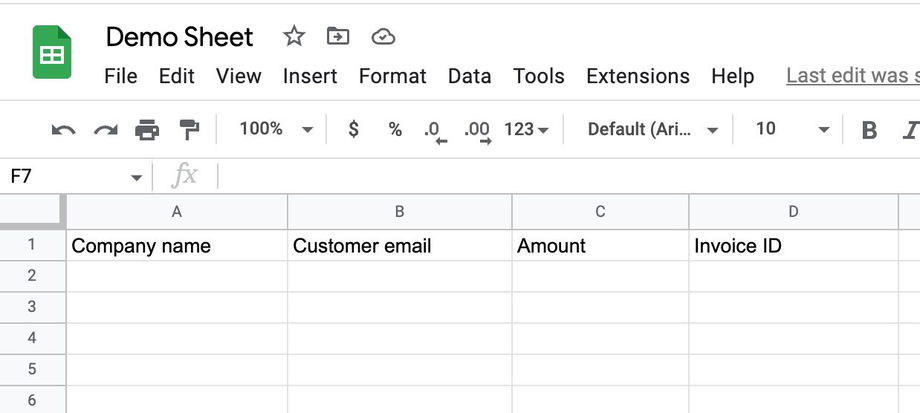
3. Configure data export
For each column, define the data you want to export:
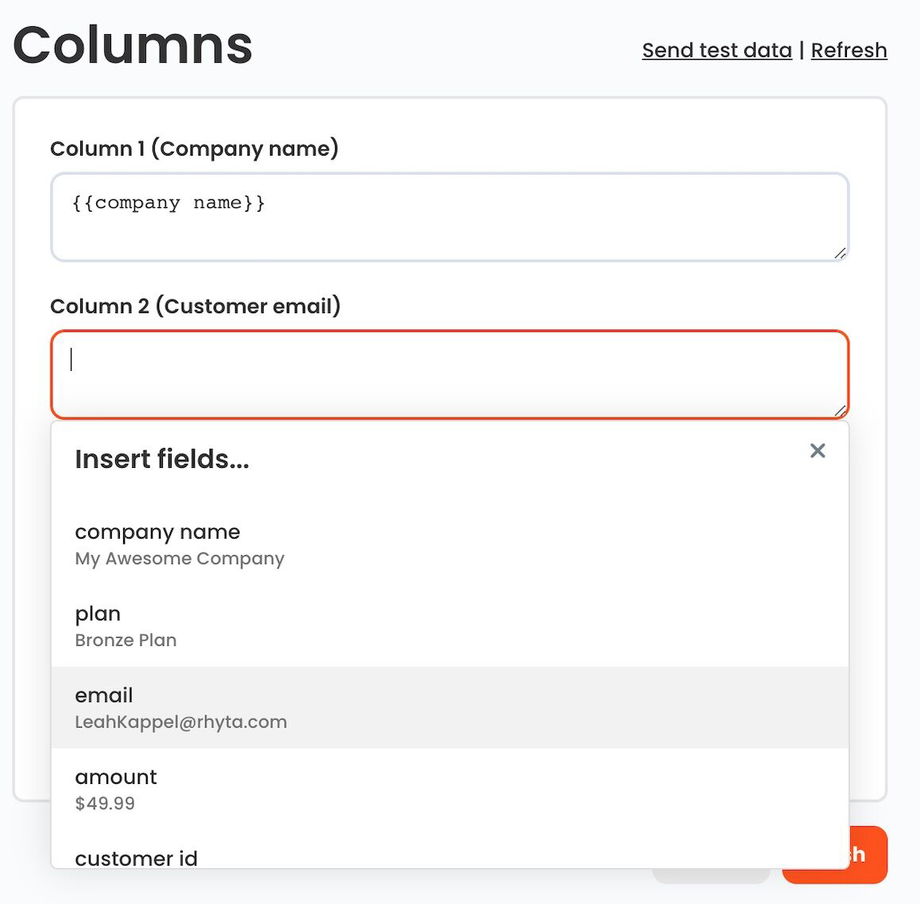
You can leave some columns blank, insert one or multiple fields and also any static text.
Now your parsed data will be exported to Google Sheets automatically and in real time!
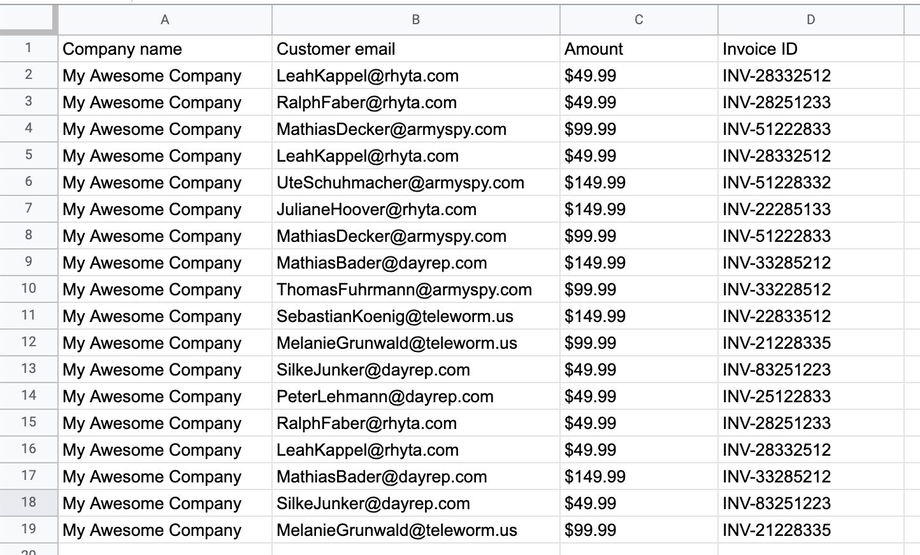
Using a Special Google Sheets Formula
After creating your Parsio inbox and setting up auto-forwarding rules, you just need to copy and paste a special formula to any cell. You will find it on the Integrations page:
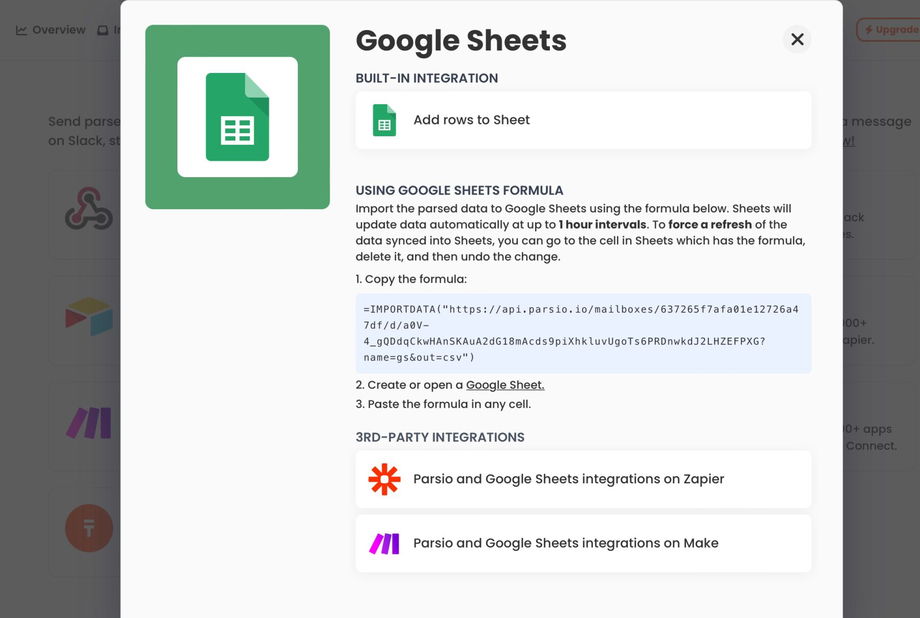
Sheets will update data automatically at up to 1 hour intervals. To force a refresh of the data synced into Sheets, you can go to the cell in Sheets which has the formula, delete it, and then undo the change.
You can also reorder your columns from the "Fields" page.
Pros:
Very easy to use.
Free.
Cons:
This option doesn't copy the data. It simply shows the data available in your Parsio inbox. E.g. if you remove a document (or if it's removed automatically based on the mailbox retention rules), the corresponding row will be also removed.
The data isn't synchronized in real time. You may need to wait up to 1 hour to see the latest data or force a refresh.
Using an Automation Platform
Alternatively, you can use an automation platform like Zapier, Make, n8n, Pabbly Connect, etc. Parsio can be easily integrated with all of these services.
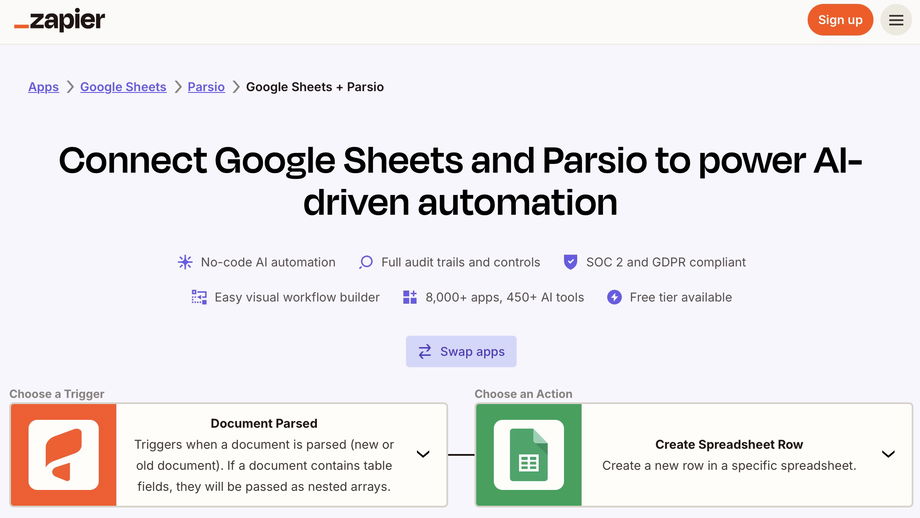
Pros:
This option creates a copy of your data so you can safely remove original documents from Parsio.
Real-time export.
More flexible solution: allows you to export data to multiple sheets, filter, modify the data etc.
Cons:
Requires more time for initial configuration (usually, 5-15 minutes).
Depending on the automation platform and the amount of exported data this option may require a paid plan.

